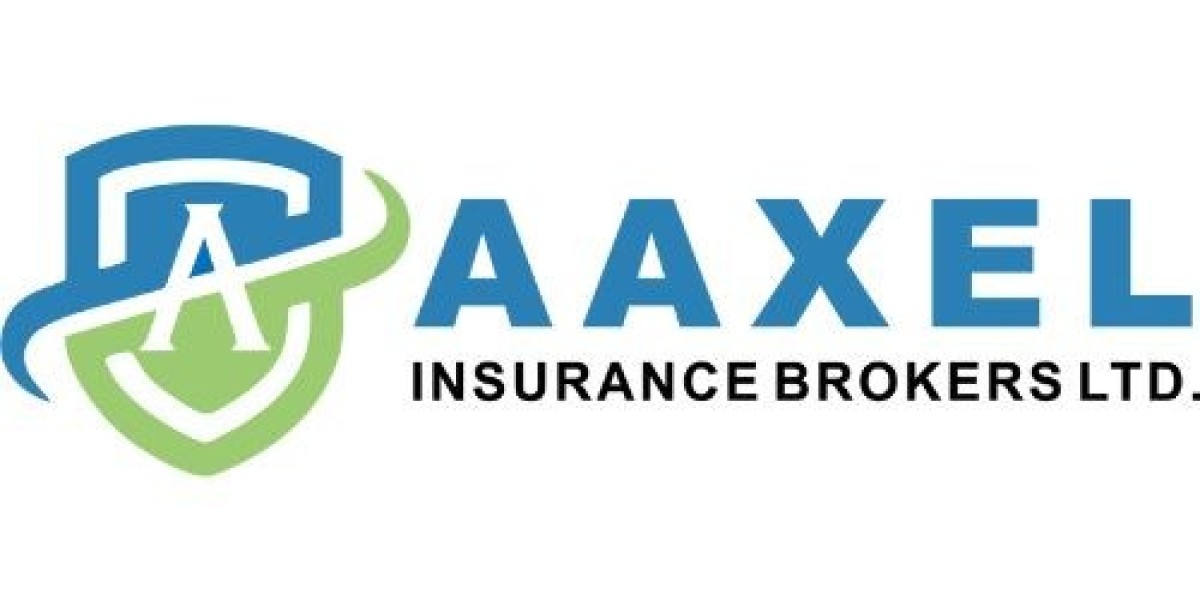In Ontario, obtaining a motorcycle license requires navigating through a graduated licensing system, specifically designed to ensure that riders are well-prepared and safe on the road. Understanding the differences between M2 and M licenses is crucial, especially for those seeking comprehensive insurance coverage, as requirements and restrictions vary. If you're seeking guidance on motorcycle insurance, brokers like Aaxel Insurance offer valuable advice tailored to the specific license class you hold.
Introduction to Ontario’s Motorcycle Licensing System
Ontario’s motorcycle licensing process follows a graduated system that ensures new riders gradually develop the necessary skills and experience to handle their vehicles safely. This system is divided into three stages: M1, M2, and M. Each step comes with its own set of rules, restrictions, and timelines, designed to allow riders to gain experience under controlled conditions. For those interested in getting motorcycle insurance at any point in this process, it’s essential to understand where you stand in the system.
Among the different stages, the M2 and M licenses represent crucial milestones in a rider’s journey. The M2 license is an intermediate stage that allows greater freedom compared to the M1, but still carries restrictions, particularly when it comes to highway usage and alcohol consumption limits. On the other hand, the M license is the full motorcycle license, allowing riders complete freedom on the road.
Understanding the difference between M2 and M licenses can help riders make informed decisions regarding both their training and insurance needs. Let’s break down the key distinctions between these two license types.
The Path to Becoming a Fully Licensed Motorcycle Rider in Ontario
Before diving into the differences between the M2 and M licenses, it’s important to understand the process that leads to each one. The graduated licensing system is structured as follows:
M1 License: The beginner’s permit that allows you to ride on Ontario roads with specific restrictions.
M2 License: The second stage, which provides more freedom but still maintains some safety limitations.
M License: The full license, which offers unrestricted riding privileges.
After obtaining an M1 license, riders must hold this for at least 60 days before moving on to the M2. They can then hold the M2 license for 18 to 22 months before attempting the test to acquire the full M license. These stages ensure that riders gradually build their skills and confidence over time.
Key Differences Between M2 and M License
Now that you understand the stages of Ontario’s motorcycle licensing system, let's explore the key differences between M2 and M licenses. These distinctions will directly impact the way you ride and the kind of insurance you might need.
1. Alcohol Restrictions
One of the most significant differences between the M2 license and the M license involves alcohol consumption.
M2 License: With an M2 license, riders are required to maintain a blood alcohol concentration (BAC) of zero. This means that no alcohol can be consumed before or during the operation of a motorcycle, no matter how small the amount.
M License: With a full M license, the BAC limit is aligned with standard driving laws in Ontario, which means that the legal limit of 0.08 applies. However, it's always advised to avoid drinking when operating any motor vehicle for safety reasons.
The strict zero alcohol tolerance for M2 license holders is designed to keep new riders focused and safe as they gain experience on the road.
2. Highway and Expressway Riding
Another important distinction is the type of roads that each license permits you to ride on.
M2 License: Riders holding an M2 license are allowed to ride on highways and expressways, with the exception of the 400-series highways and any roadway with a speed limit higher than 80 km/h. This limitation is in place to ensure that new riders aren't exposed to high-speed, high-risk environments before they have adequate experience.
M License: With a full M license, riders have no such restrictions and can ride on all types of roads, including the 400-series highways. This is a key reason why riders often strive to move from M2 to M, as it opens up much more riding freedom.
3. Time Limits and Experience Requirements
The time frame and requirements for holding an M2 license before progressing to an M license vary, depending on whether you take a motorcycle safety course.
M2 License Holders (Without a Course): Riders who don’t take a motorcycle safety course must hold their M2 license for 22 months before they can take the test to move up to an M license.
M2 License Holders (With a Course): For those who complete an approved motorcycle safety course, the waiting period is reduced to 18 months. This shorter timeline is designed to reward riders who invest in formal training and safety.
M License: Once a rider holds an M license, they have no further restrictions related to the timeline or experience, as they are considered fully licensed riders.
Table: Key Differences Between M2 and M License
Criteria | M2 License | M License |
Alcohol Limit | Zero tolerance | BAC of 0.08 allowed (legal limit) |
Highway Usage | No 400-series highways, restricted to under 80 km/h | No restrictions |
Holding Time (Without Course) | 22 months | N/A |
Holding Time (With Course) | 18 months | N/A |
Full Privileges | Limited | Unrestricted |
The Importance of Motorcycle Insurance for M2 and M License Holders
When discussing the difference between M2 and M licenses, it’s also important to highlight the implications for motorcycle insurance. Motorcycle insurance rates often depend on the rider’s experience level, license type, and driving record.
M2 License Holders: Since M2 riders are still considered in an intermediate stage, insurance rates tend to be higher compared to those with full M licenses. The insurance company considers M2 riders to be at a higher risk due to their limited experience and the fact that they still have certain restrictions.
M License Holders: Riders with an M license typically benefit from lower insurance premiums. They are considered to have more experience and less risk on the road, which is reflected in the insurance rates offered by brokers.
If you’re looking for an insurance broker that understands the nuances of Ontario’s motorcycle licensing system, companies like Aaxel Insurance specialize in offering tailored policies to meet the specific needs of both M2 and M license holders. Their expertise can help you secure the right coverage, regardless of which stage you're in.
Benefits of Completing a Motorcycle Safety Course
As mentioned earlier, completing a motorcycle safety course can significantly reduce the waiting period between the M2 and M licenses. However, the benefits go beyond just time-saving:
Increased Safety: These courses teach critical riding skills that can help you avoid accidents and handle difficult situations on the road.
Insurance Discounts: Many insurance companies offer discounts to riders who have completed a recognized motorcycle safety course, potentially saving you money in the long run.
Confidence Boost: With professional training, you’ll gain confidence in your riding abilities, which can enhance your overall enjoyment of motorcycling.
Bullet Points Recap: Key Differences and Takeaways
M2 license holders must maintain zero BAC, while M license holders have the standard 0.08 BAC limit.
M2 riders are restricted from riding on the 400-series highways.
The waiting period for moving from M2 to M is 22 months (without course) or 18 months (with course).
M license holders enjoy full riding privileges with no road restrictions.
Conclusion
Understanding the difference between M2 and M licenses is crucial for any aspiring motorcycle rider in Ontario. The transition from M2 to M represents a significant milestone, granting riders greater freedom and reducing insurance costs. Whether you’re starting with an M2 or aiming for the full M license, being aware of the key distinctions can help you navigate the process and make informed decisions about your insurance and riding future.









